Social Communication Disorder
Discover social communication disorder: symptoms, challenges, and effective treatment options for better support.

Understanding Social Communication Disorder

Definition and Characteristics of SCD
Social Communication Disorder (SCD) is a condition characterized by challenges in verbal and non-verbal communication that affect an individual’s ability to engage in social interactions. According to Great Speech, SCD includes difficulties with social cognition, pragmatics, and language processing. It is important to differentiate SCD from other disorders, such as social pragmatic communication disorder, which may have overlapping symptoms but distinct diagnostic criteria.
Individuals with SCD often demonstrate several characteristics that contribute to their social communication challenges. These may include difficulties in understanding social cues, adjusting language based on the context, and utilizing appropriate conversation skills.
Symptoms and Signs
The symptoms of Social Communication Disorder can be varied and may manifest in different ways. Below is a table outlining common symptoms associated with SCD:
SymptomsDescriptionLack of Eye ContactFailing to maintain appropriate eye contact during interactions.Inappropriate GreetingsNot using appropriate phrases for greetings, such as failing to say "hello" or using nonsensical phrases [1].Difficulty with Communication StyleUsing a consistent communication style across different settings without adapting to the context [1].Topic Maintenance IssuesStruggling to stay on topic during conversations and often straying into unrelated topics.
Understanding these symptoms is crucial for recognizing Social Communication Disorder, allowing for early intervention and support. For more related discussions, see our articles on borderline personality disorder and autism and non-verbal autism.

Challenges Faced by Individuals with SCD1
Individuals with Social Communication Disorder (SCD) encounter several challenges that can impact their ability to interact socially and process language effectively. This section explores the difficulties faced in social interaction and language processing.
Social Interaction Difficulties
Social interaction is often a significant hurdle for those with SCD. They may experience challenges in various areas of social communication, which can include:
These challenges can lead to difficulty in forming and maintaining relationships, which may further contribute to feelings of isolation.
Language Processing Challenges
In addition to social challenges, individuals with SCD often face language processing difficulties. These can include:
Language processing challenges are often linked to other disorders, such as disruptive behavior disorder, where individuals may experience impairments in aspects like social cognition and executive function.
These language processing obstacles are significant in how individuals with SCD navigate their everyday social and academic lives. Understanding these challenges is crucial for providing the necessary support and intervention for improvement.

Diagnosis and Prevalence of SCD2
Understanding the diagnostic process and the prevalence of Social Communication Disorder (SCD) is crucial for identifying and supporting individuals affected by this condition.
Diagnostic Process
The diagnosis of SCD involves assessing social communication issues that may be associated with other disorders, such as disruptive behavior disorder. Individuals may experience impairments in social cognition, theory of mind, language development, executive function, and narrative development.
Clinicians utilize a combination of standardized assessments, observational methods, and parent-reported measures to evaluate communication abilities in various social contexts. This thorough process ensures that individuals receive an accurate diagnosis and appropriate interventions.
Prevalence Rates
Estimates of Social Communication Disorder prevalence among eighth graders range from 7% to 11%. Furthermore, a significant percentage of children with SCD have a history of developmental language disorder (DLD). Specifically, 30% of children with SCD had a developmental language disorder compared to only 9% of children without SCD [2].
In the broader context, nearly 8% of all children in the United States, ages 3-17, experience disorders related to speech, language, and voice. These disorders can lead to academic challenges, poor grades, low self-esteem, and a lack of socialization. The prevalence of SCD has been challenging to determine due to varying populations and inconsistent definitions. However, preliminary estimates suggest that children diagnosed with SCD have a threefold higher risk of developmental language disorders compared to those without [2].
Age GroupPrevalence Rate (%)Eighth Graders7% - 11%All Children (3-17 years)Nearly 8%
The impact of SCD extends beyond communication difficulties, highlighting the importance of early diagnosis and intervention to support academic success and overall well-being. For more information on related topics, consider exploring social pragmatic communication disorder and other relevant conditions.
Treatment Options for SCD
Addressing social communication disorder (SCD) involves a variety of treatment options that focus on improving social communication skills and enhancing overall effectiveness in social situations. Among these options, therapeutic approaches and the essential role of speech-language pathologists are key components.
Therapeutic Approaches
Various therapeutic techniques can assist individuals with SCD in developing their social communication abilities. Behavioral interventions are commonly employed, utilizing positive behavior support and other methods based on learning principles to modify or teach social communication behaviors. These techniques involve reinforcing desired behaviors to shape effective communication skills.
Speech-language therapy services play a pivotal role in this process. These services are designed to create personalized treatment plans aimed at meeting individual communication goals, thereby enhancing both academic performance and social interactions. Through targeted exercises and individualized strategies, therapists help children learn to express themselves more effectively in social contexts. For further insights into how communication skills are connected to academic success, refer to our article on social pragmatic communication disorder.
Therapeutic MethodDescriptionPositive Behavior SupportUtilizes reinforcement to teach effective social communication behaviors.Speech-Language TherapyPersonalized treatment plans focused on communication goals and academic support.Social Skills TrainingActivities designed to encourage interaction and improve social understanding.
Importance of Speech-Language Pathologists
Speech-language pathologists (SLPs) are integral in diagnosing and treating social communication disorders. They possess specialized training and experience to assess communication challenges effectively. SLPs work with individuals in diverse settings, including schools, clinics, and hospitals, emphasizing collaboration with parents and teachers to foster social communication skills [4].
Family involvement in therapy is crucial, as it enriches the treatment process and aids in skill reinforcement outside of therapeutic environments. It is also beneficial to include various "communication partners," such as teachers and counselors, to provide additional support and context. This collaborative approach helps in transitioning from one-on-one therapy sessions to engaging group sessions that encourage social interaction with peers.
Implemented strategies, such as engaging in turn-taking games, discussing emotions, reading together, and organizing structured playdates, can be effective in enhancing social communication skills. These activities promote interaction and practice in real-world settings, further solidifying skills learned in therapy.
For more related resources, explore our articles on borderline personality disorder and autism, non-verbal autism, and autism pain tolerance.
Impact of SCD on Academic Success
Relationship Between SCD and Academic Skills
Social Communication Disorder (SCD) can significantly affect an individual's academic performance. Nearly 8% of all children in the United States between the ages of 3-17 have disorders related to speech, language, and voice, often leading to academic struggles, poor grades, low self-esteem, and lack of socialization [3]. Children with SCD may face specific challenges that can hinder their language development, which is crucial for mastering reading and writing skills.
Academic SkillImpact of SCDReadingChildren with SCD often show difficulties in phonological awareness and comprehension. This often leads to delays in reading proficiency.WritingLanguage deficits can result in challenges with organizing ideas and expressing thoughts clearly in written form.SpeakingPoor pragmatic language skills can cause issues in articulating responses in class discussions.ParticipationChildren with social communication issues may avoid participating due to fear of misunderstanding or embarrassment.
Studies have shown a high correlation between communication problems and reading and writing skills, highlighting the importance of strong language abilities for academic success.
Socioemotional Effects
The impact of SCD extends beyond academics, influencing socioemotional well-being. Children with social communication difficulties may struggle with social interactions, which can lead to low self-esteem, lack of confidence, and difficulties in forming relationships with peers and teachers [3].
Socioemotional EffectDescriptionLow Self-EsteemContinuous struggles in communication can lead to feelings of inadequacy.Lack of ConfidenceNegative experiences in social situations can cause reluctance to engage in classroom activities.Difficulty in Relationship BuildingChallenges in understanding social cues can result in difficulties forming friendships and building rapport with teachers.
Children born late or moderately preterm are 1.3 times more likely to be identified with delayed social competence, underscoring the importance of early intervention. Thus, addressing the needs of children with SCD is essential to improve their academic and socioemotional outcomes.
Supporting Children with SCD
Supporting children with social communication disorder (SCD) is essential for their development and integration into social and educational settings. Involving family members and communication partners, as well as engaging in targeted activities, can enhance their social communication skills significantly.
Involving Family and Communication Partners
Family engagement plays a crucial role in speech and language treatments for children with SCD. Speech-language pathologists are trained to assess and provide treatment for social communication difficulties. They work with children in various environments, including schools, clinics, and children's hospitals. Collaboration with teachers and parents is vital for fostering social communication skills.
It is recommended to involve additional "communication partners," such as teachers, counselors, and special educators. Therapy often progresses from one-on-one sessions between the child and the therapist to support groups that encourage using new skills with other children. This kind of collaborative approach helps reinforce learned behaviors in real-life social interactions.
Communication PartnerRoleSpeech-Language PathologistAssesses and treats social communication issuesParentsProvides support and reinforcement at homeTeachersIntegrates social communication strategies in the classroomCounselors/Special EducatorsAssists in promoting social skills in school environments
Activities to Enhance Social Communication Skills
Several activities can be utilized to encourage social communication skills in children with SCD. These activities are typically carried out in collaboration with therapists and aim to support language use in social contexts.
ActivityDescriptionTurn-Taking GamesEncourages cooperation and communication during playReading and Discussing BooksEnhances vocabulary and comprehension of social cuesTalking About FeelingsEncourages emotional understanding and expressionPredicting OutcomesDevelops reasoning and conversational skillsEngaging with Pop CultureMakes social interaction relevant and relatablePlanning Structured Play DatesProvides a controlled environment for practicing social skillsUsing Visual SupportsOffers aids to help understand social interactions
Children with SCD may have difficulties using language to interact, interpreting gestures, using greetings, and holding conversations. They often struggle to follow stories or comprehend implied meanings that other children their age find clear. Through consistent practice and support from family and communication partners, children can improve their social skills and enhance their interaction with peers. For more information about related conditions, consider reading about social pragmatic communication disorder or non-verbal autism.
References
[2]:
[3]:
[4]:
[5]:
Find More Articles
Contact us
North Carolina, Tennessee, Nevada, New Jersey, Utah, Virginia
New Hampshire, Maine
Massachusetts, Indiana, Arizona, Georgia
.avif)





.jpeg)














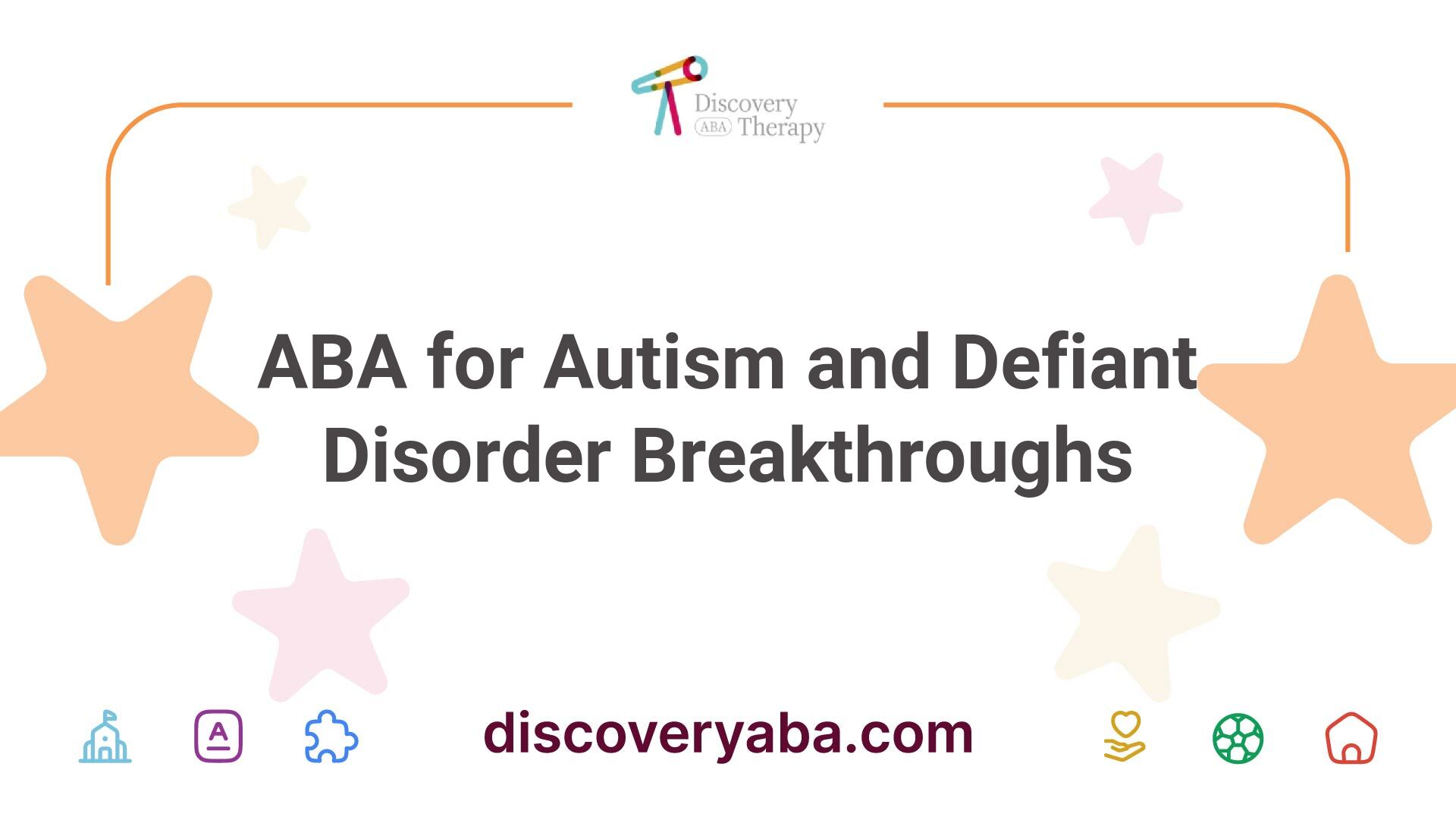





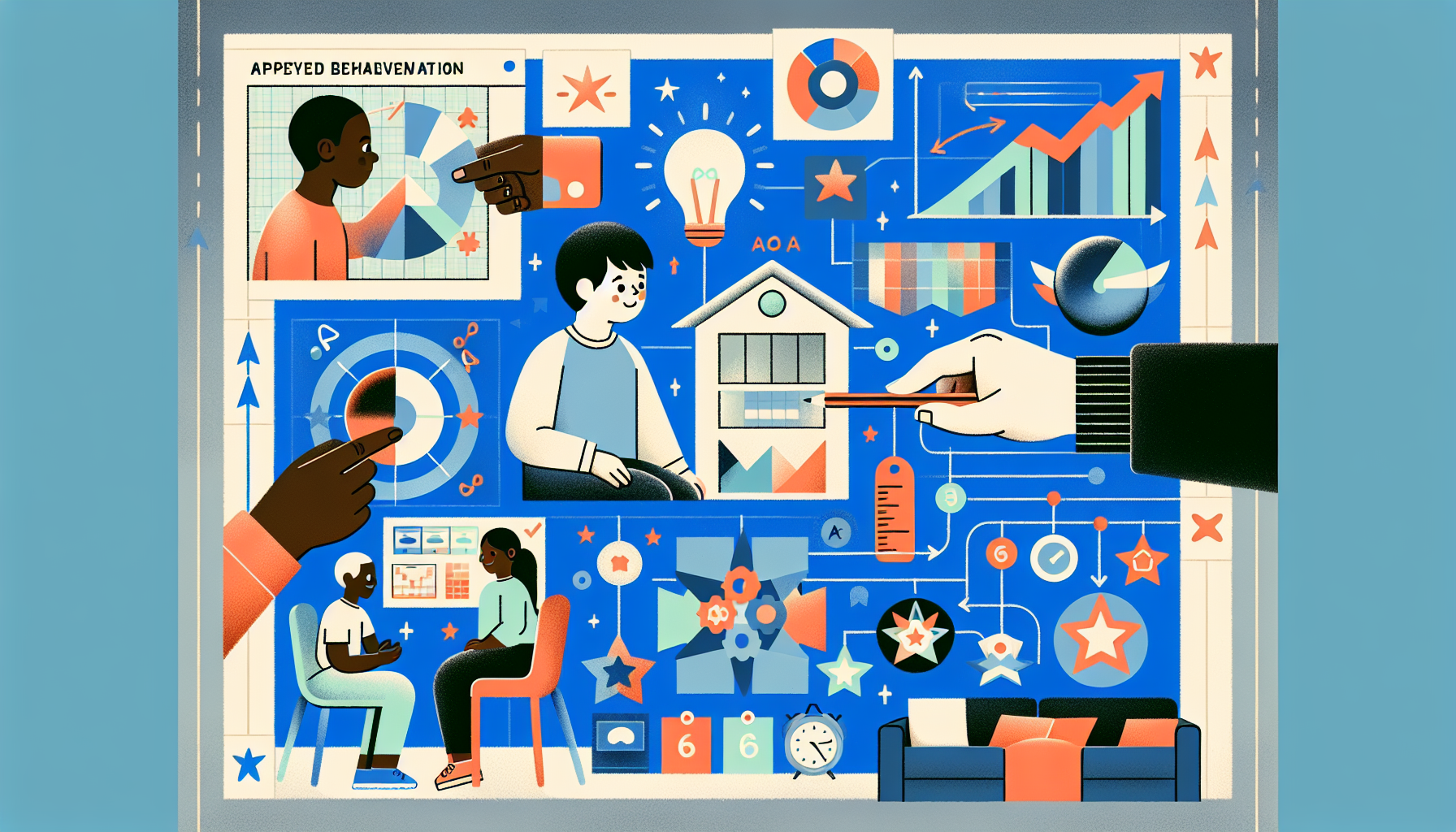
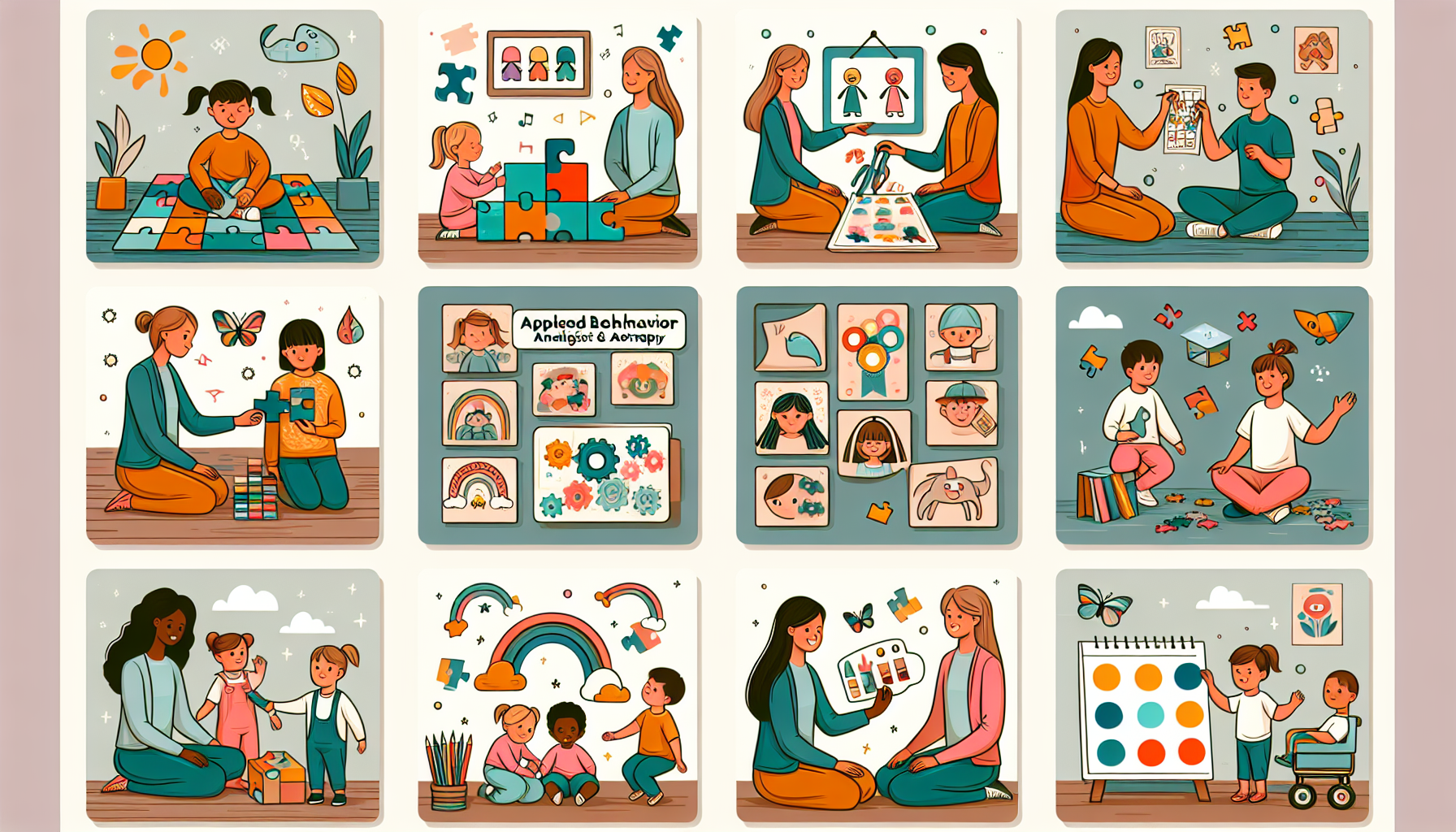
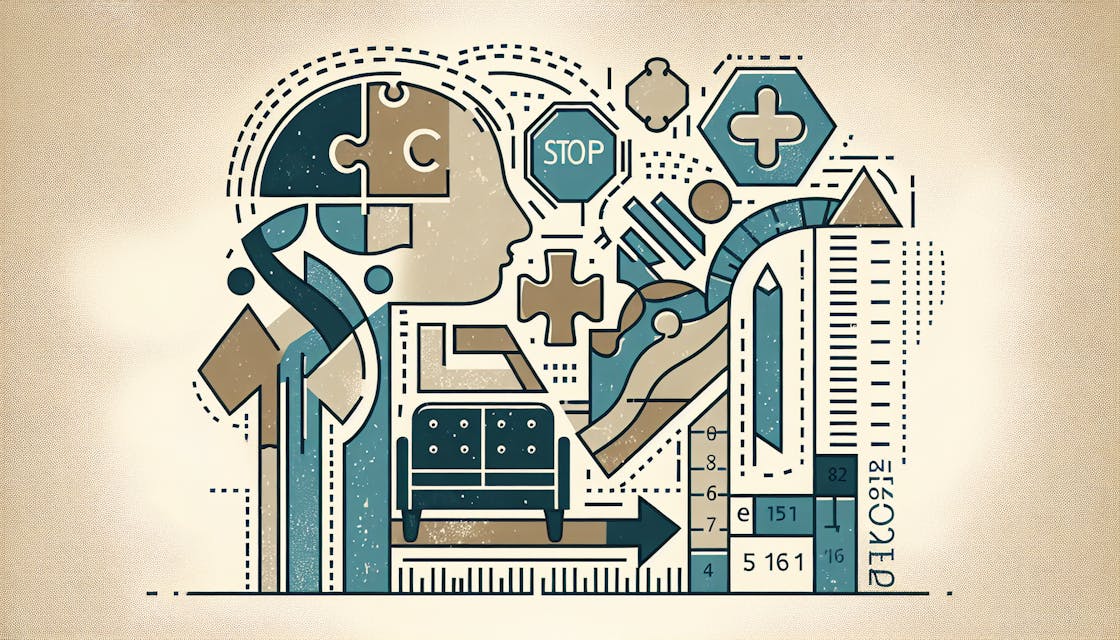


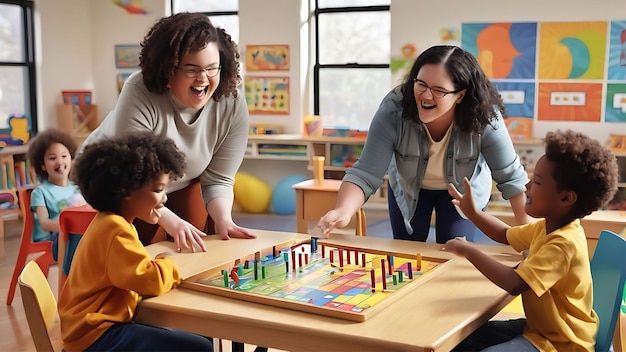

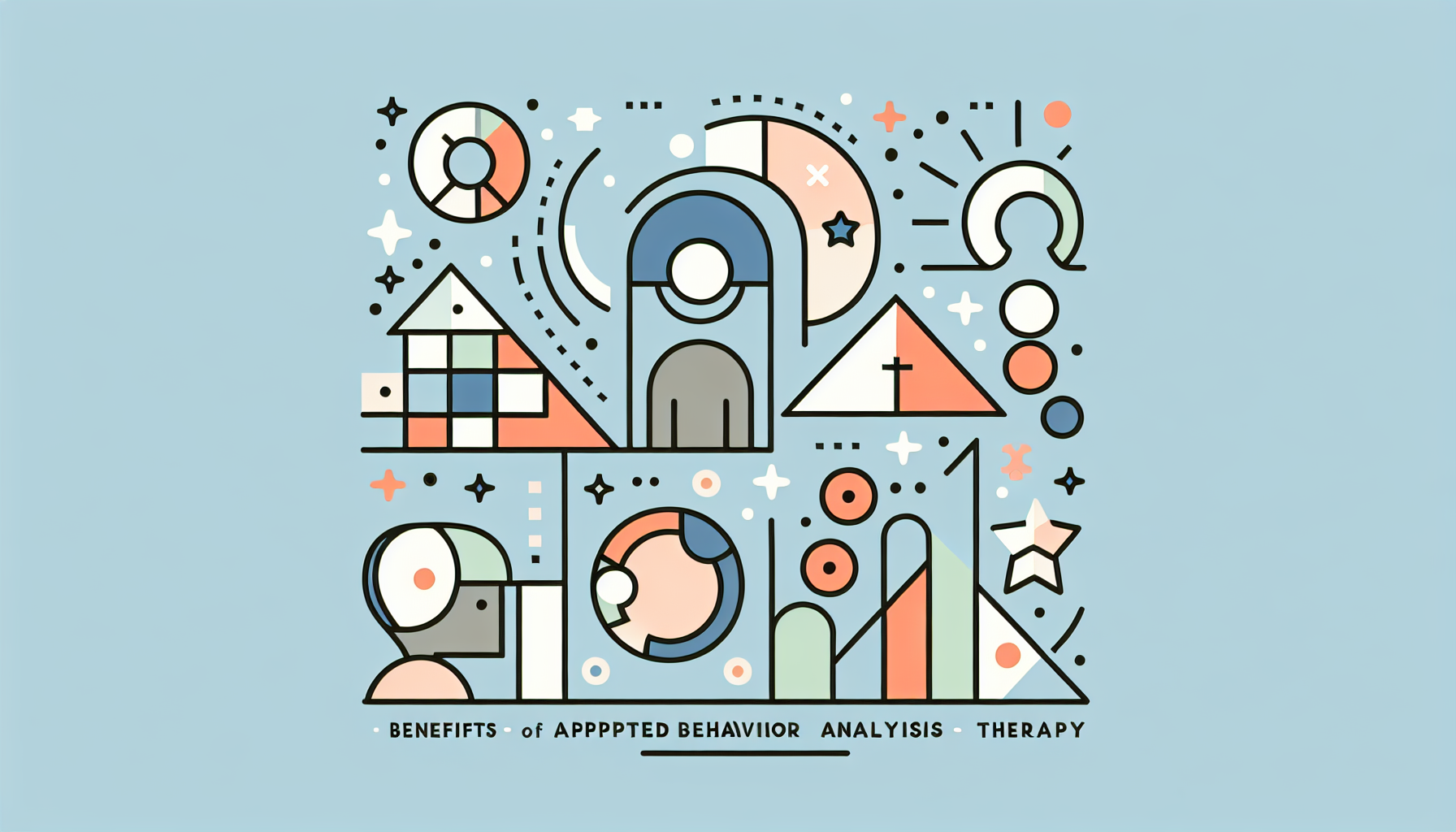



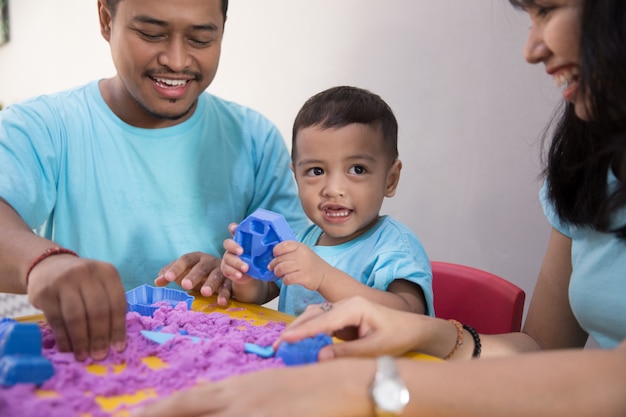


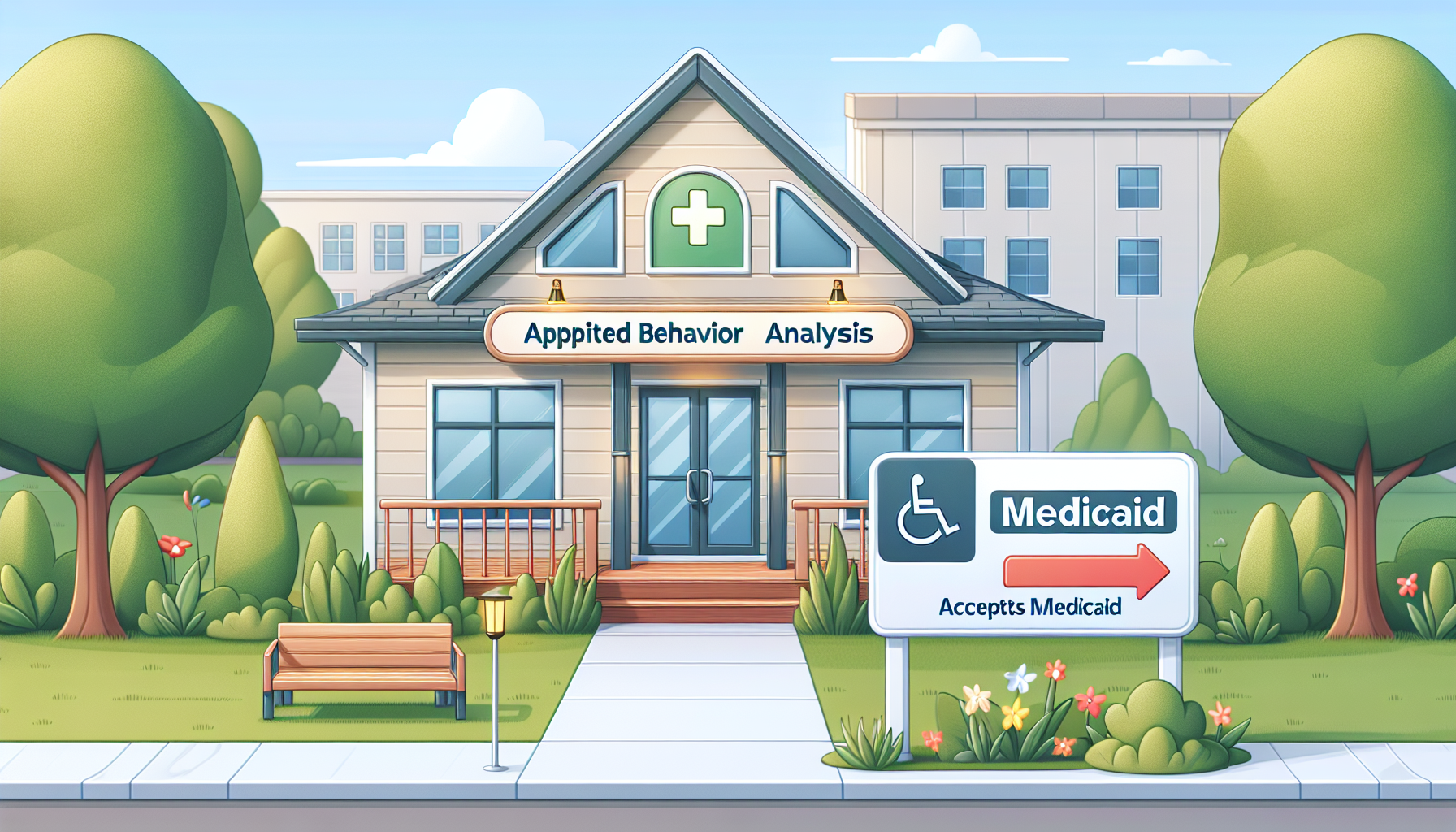

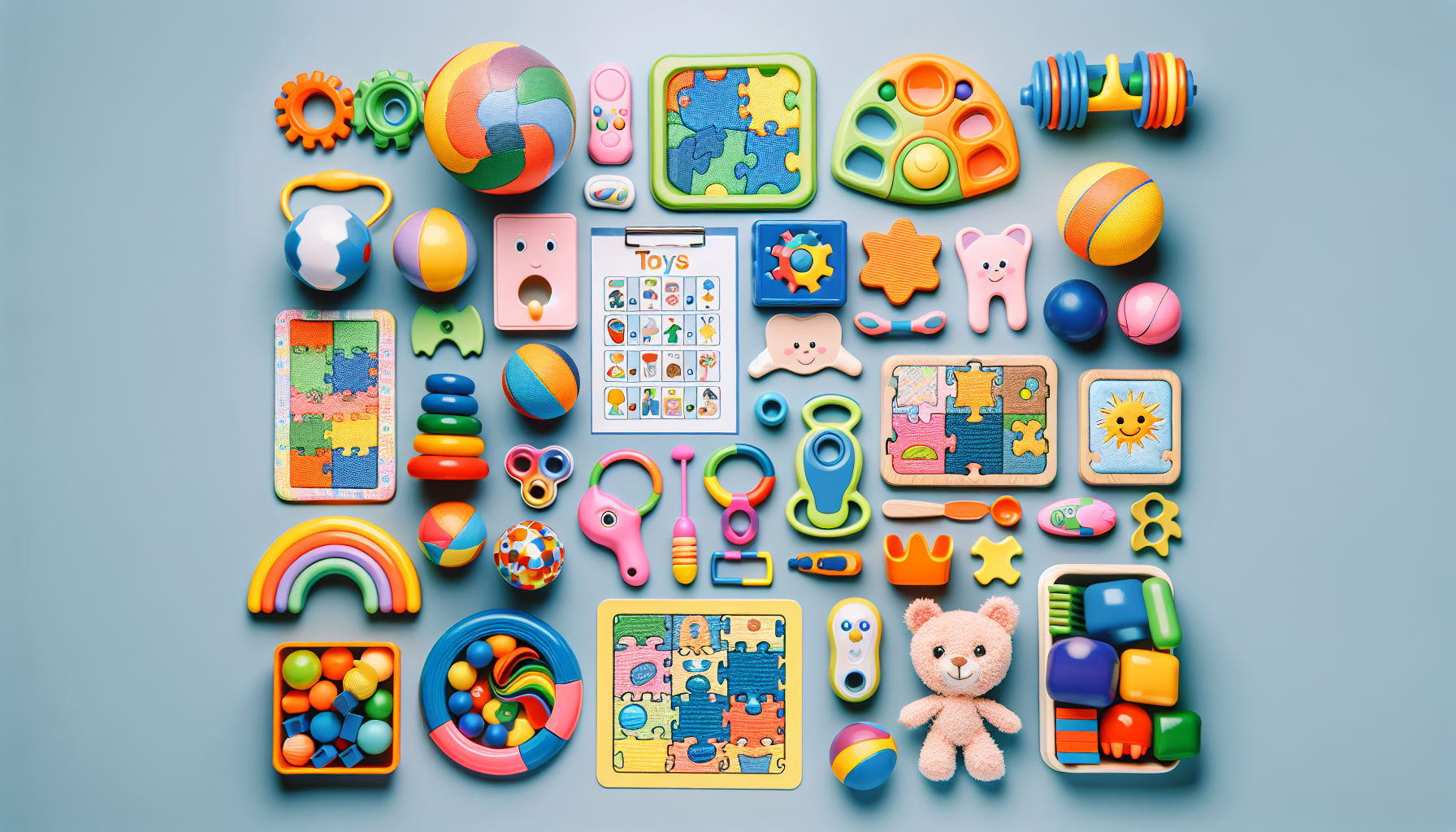

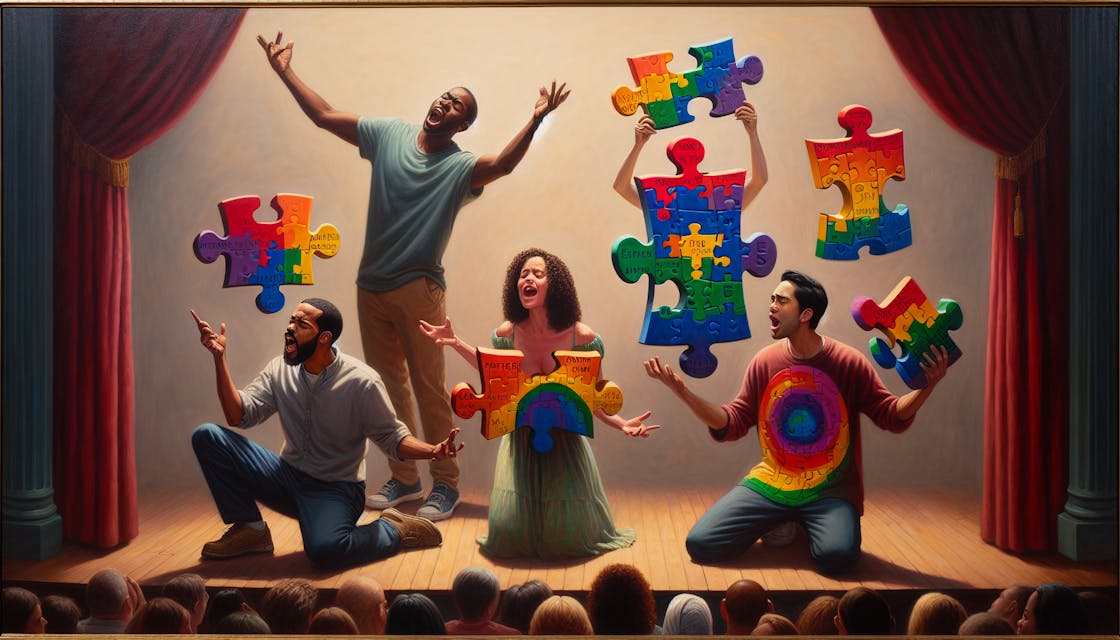





.jpeg)
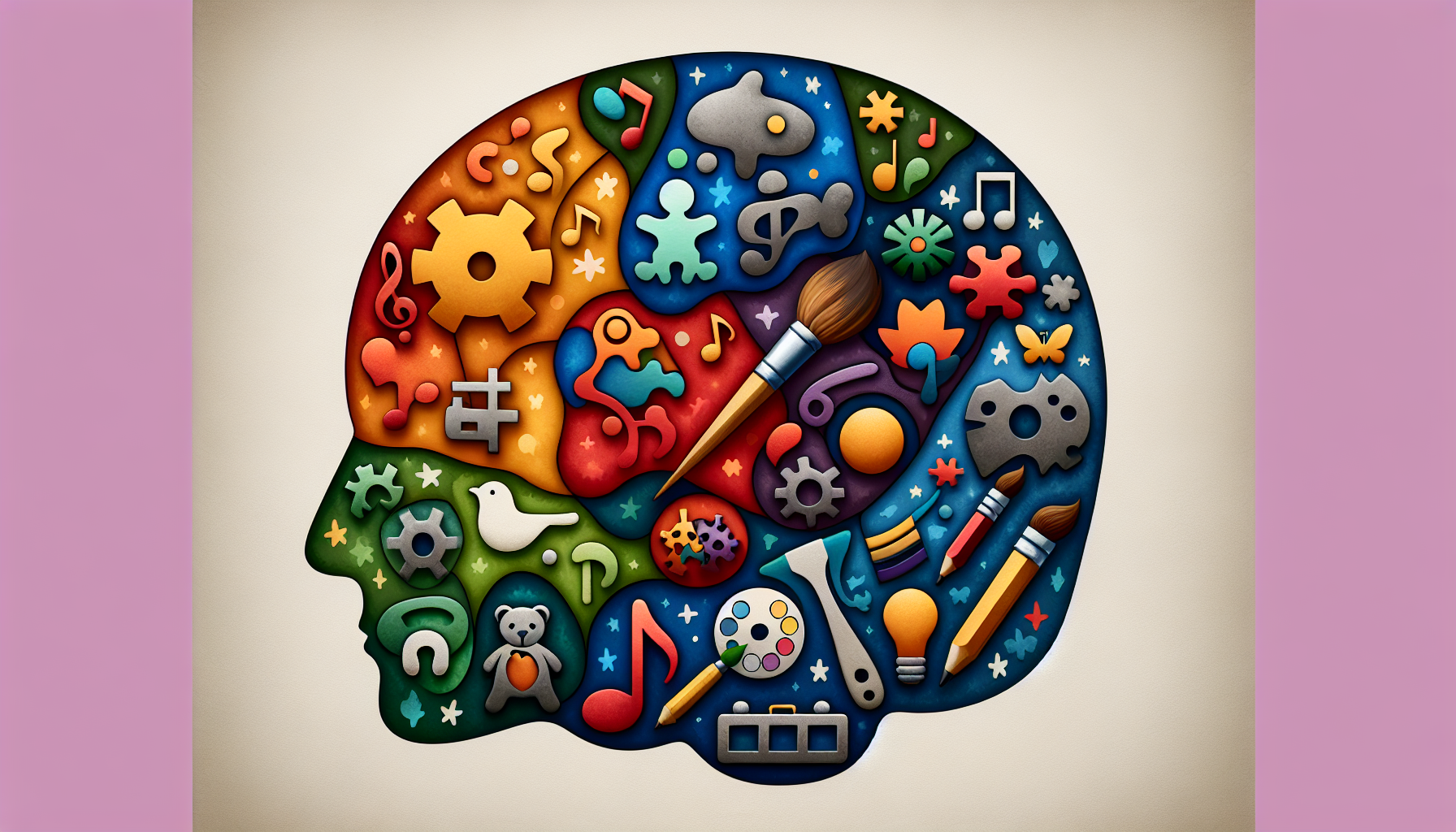






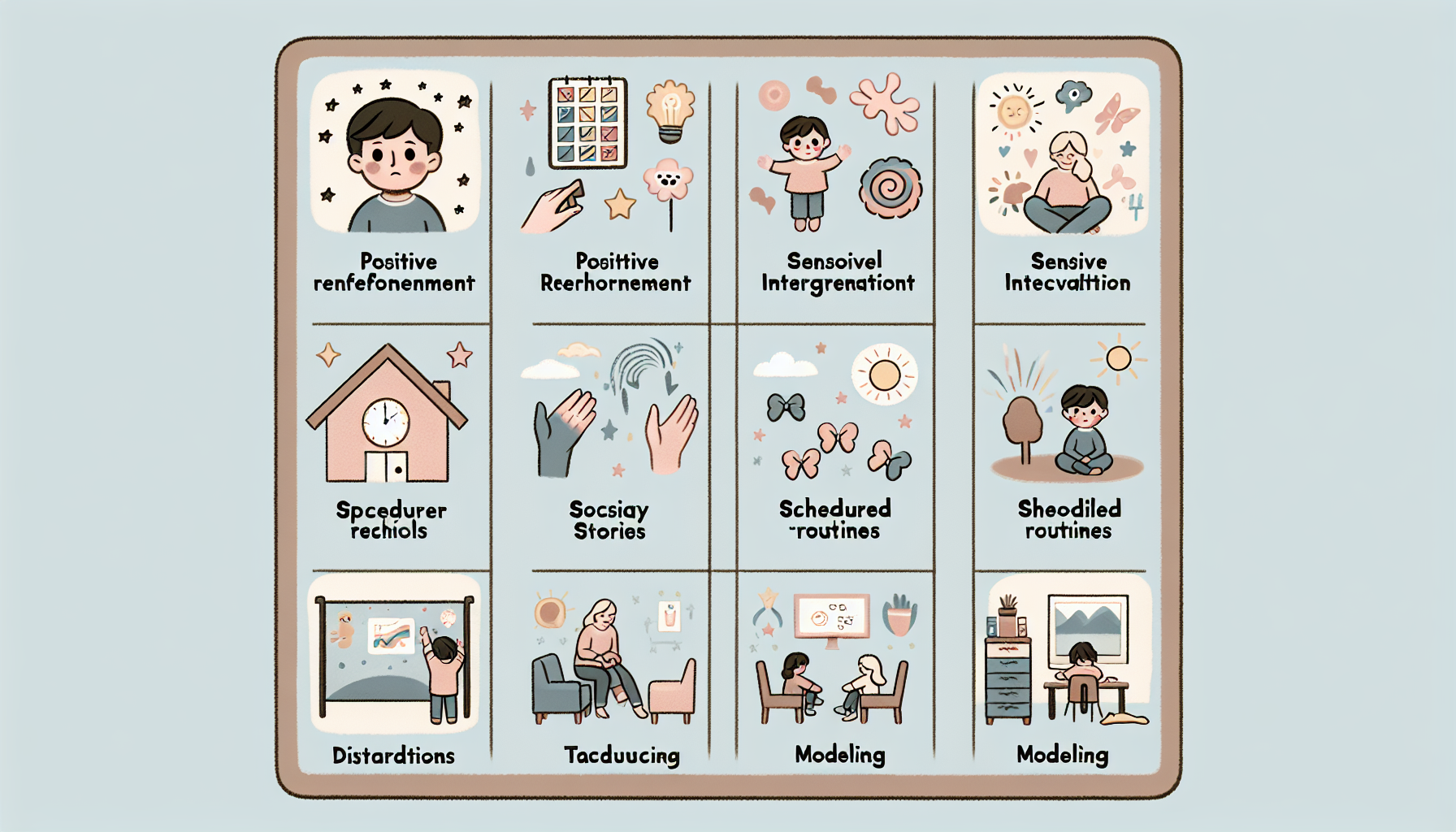

.jpeg)
.jpeg)

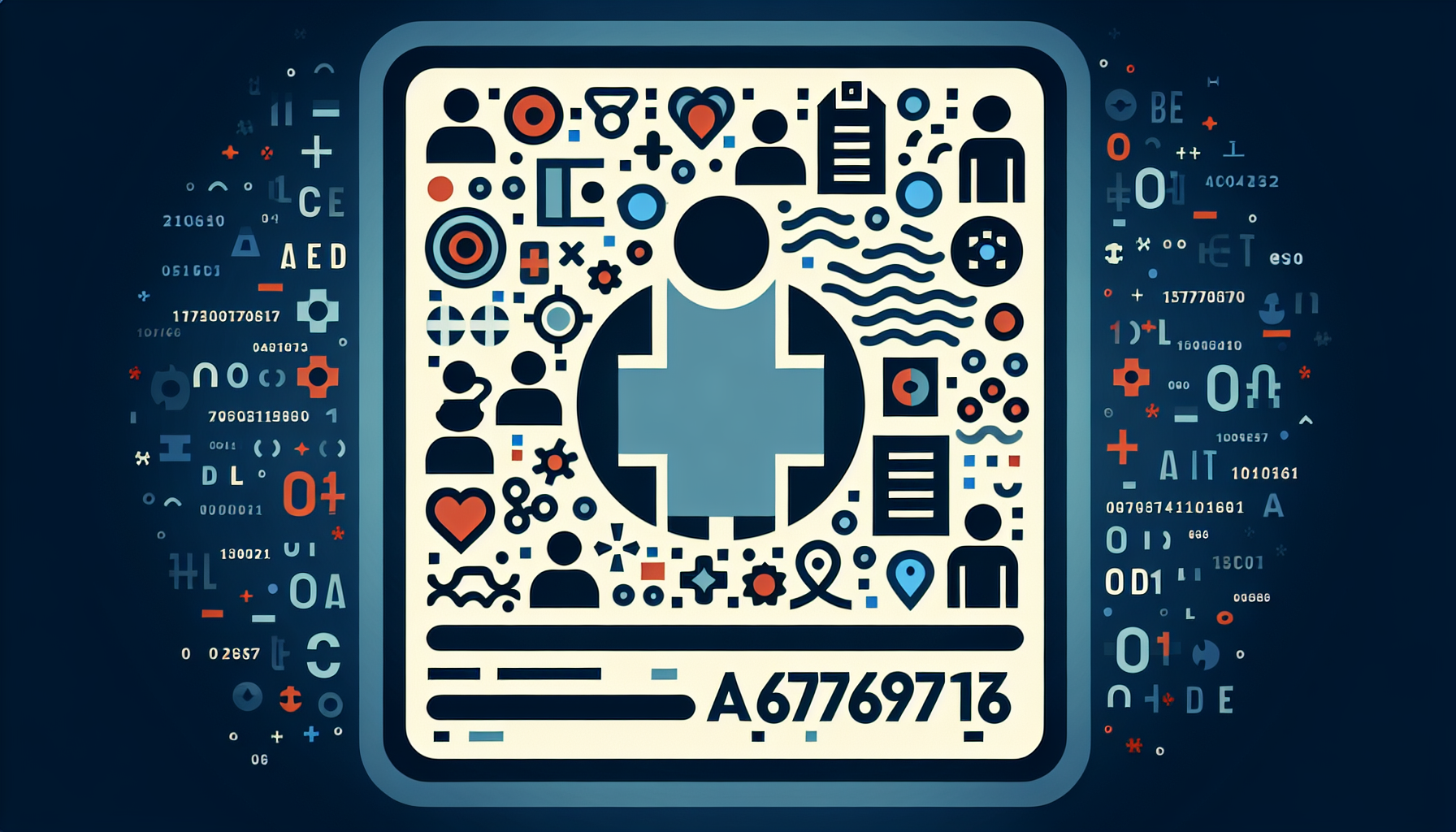

.jpeg)
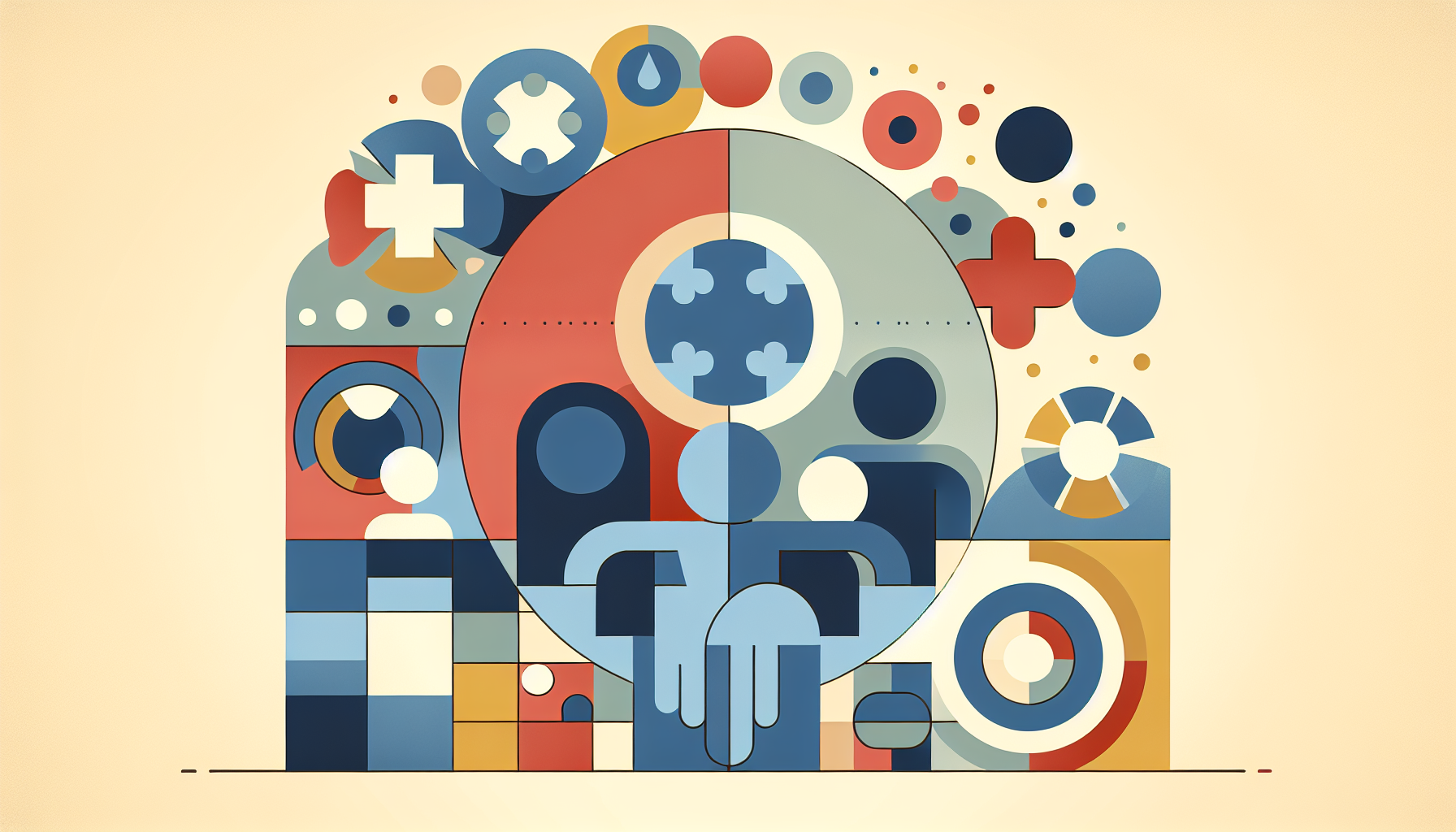
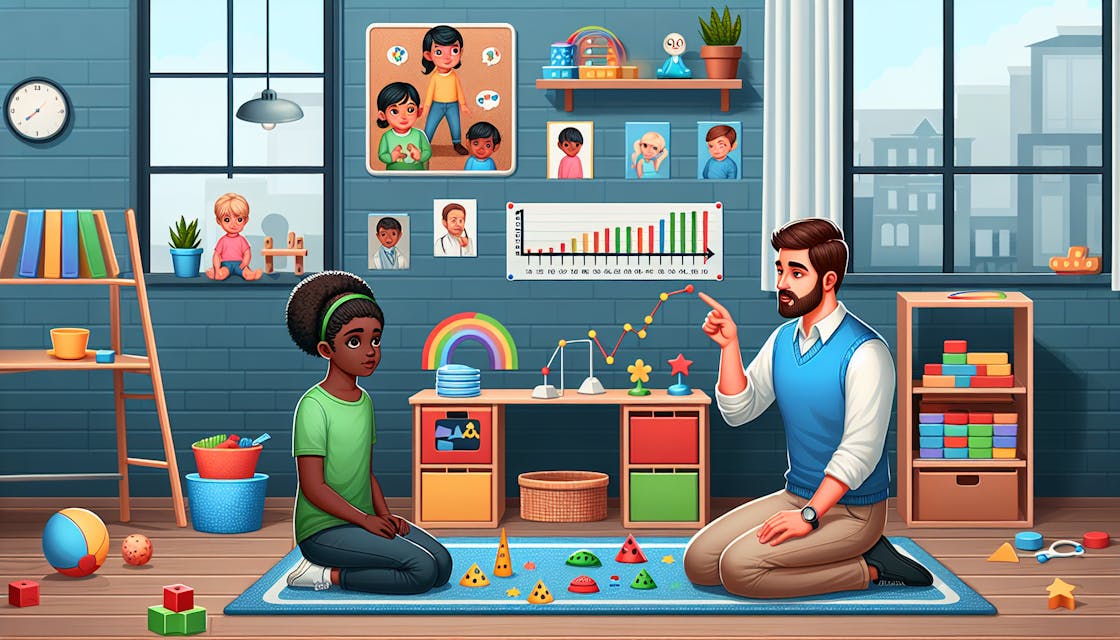


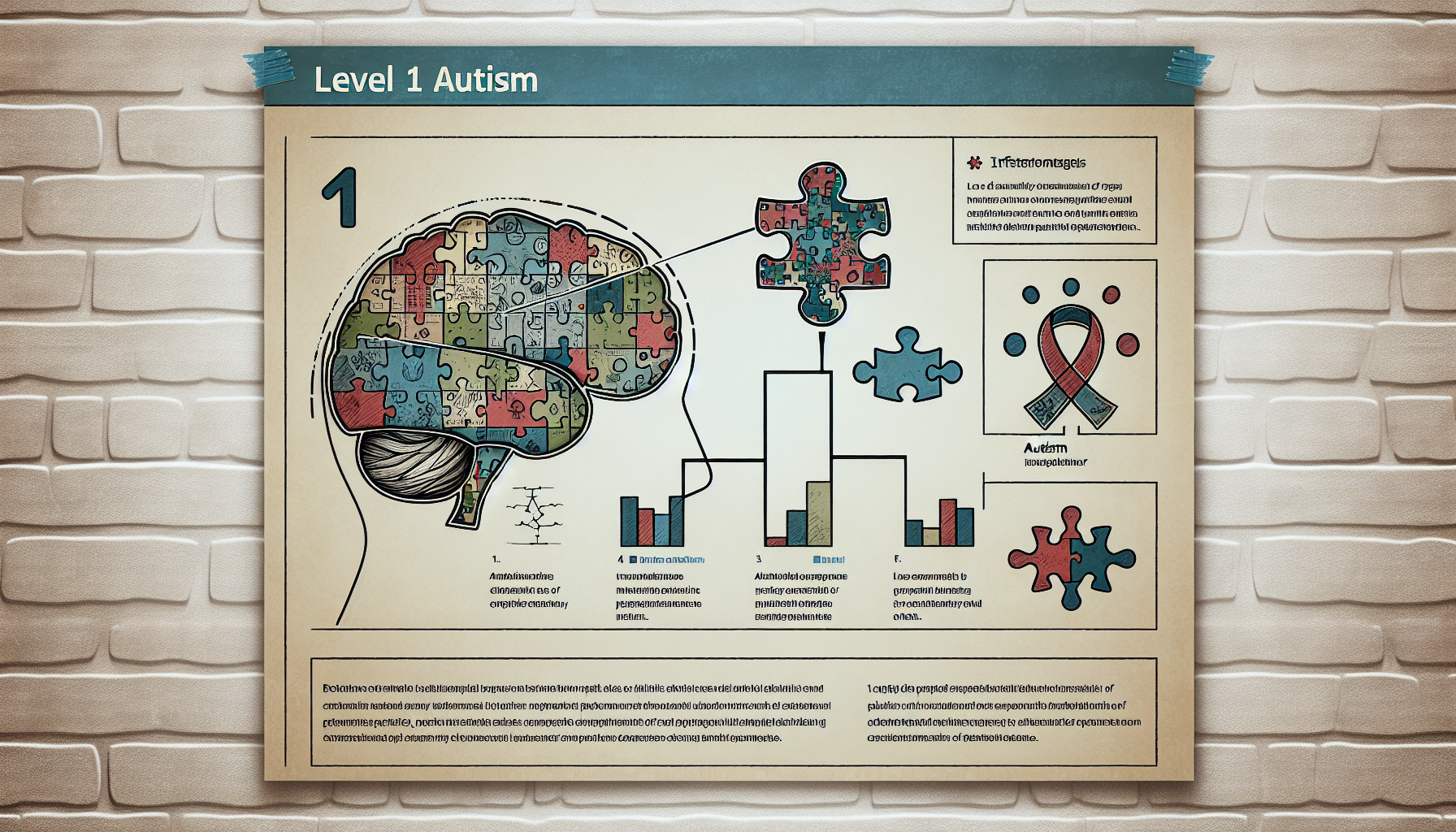


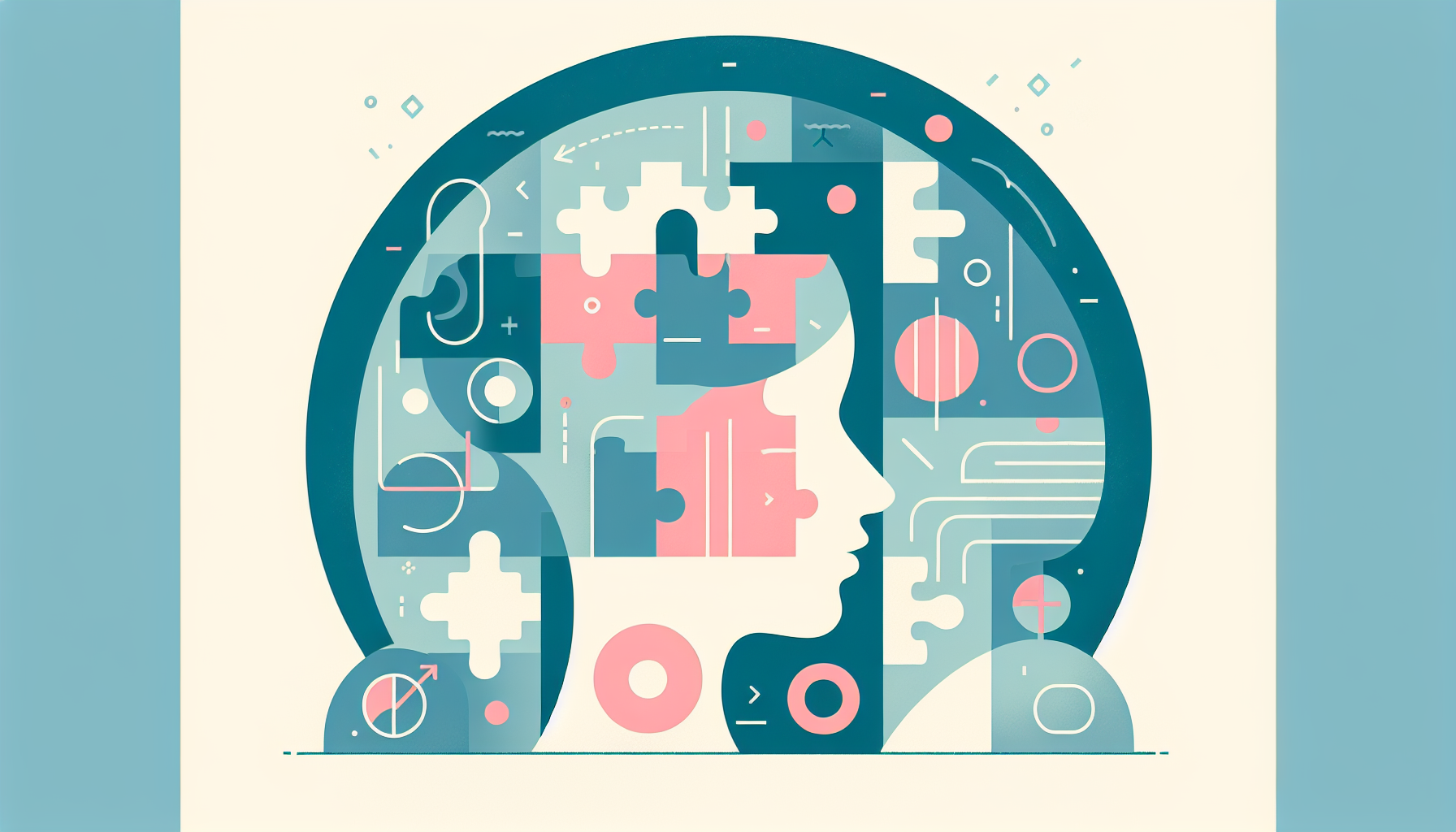



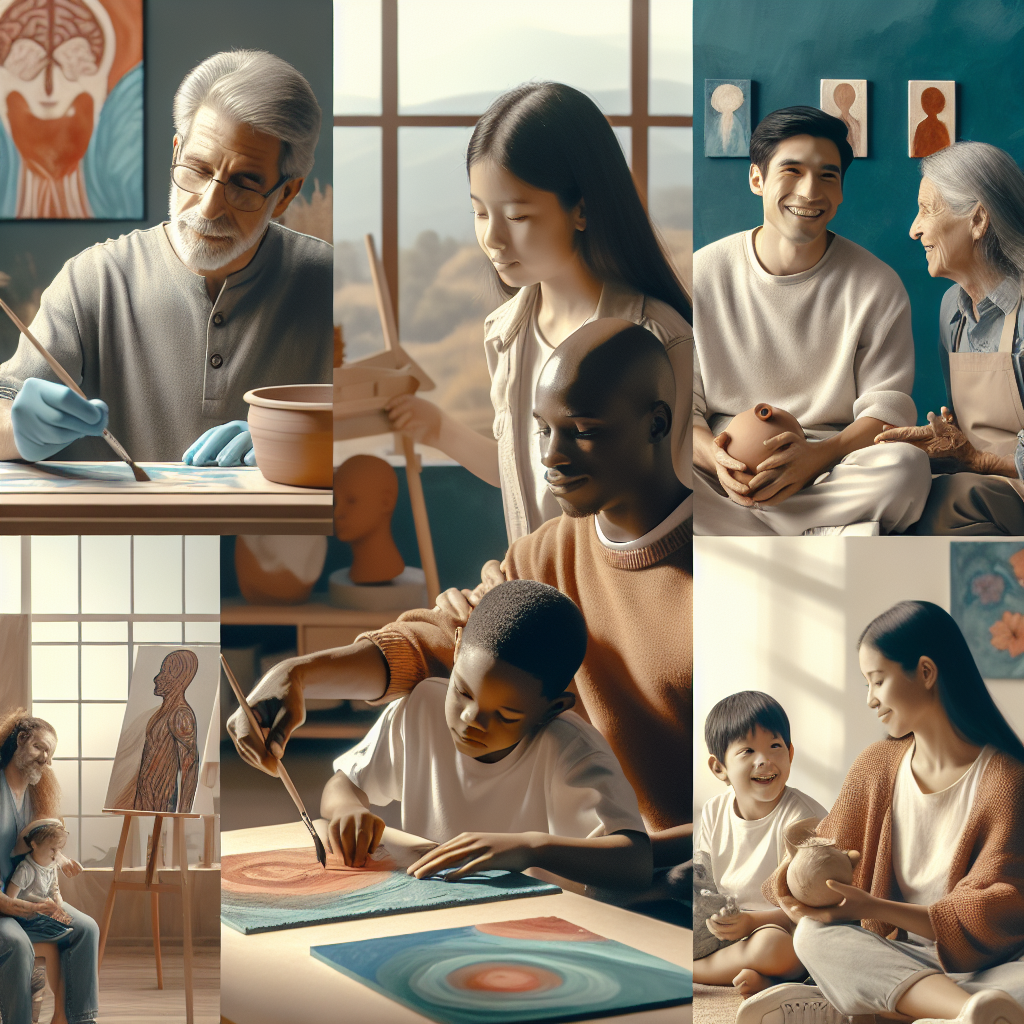

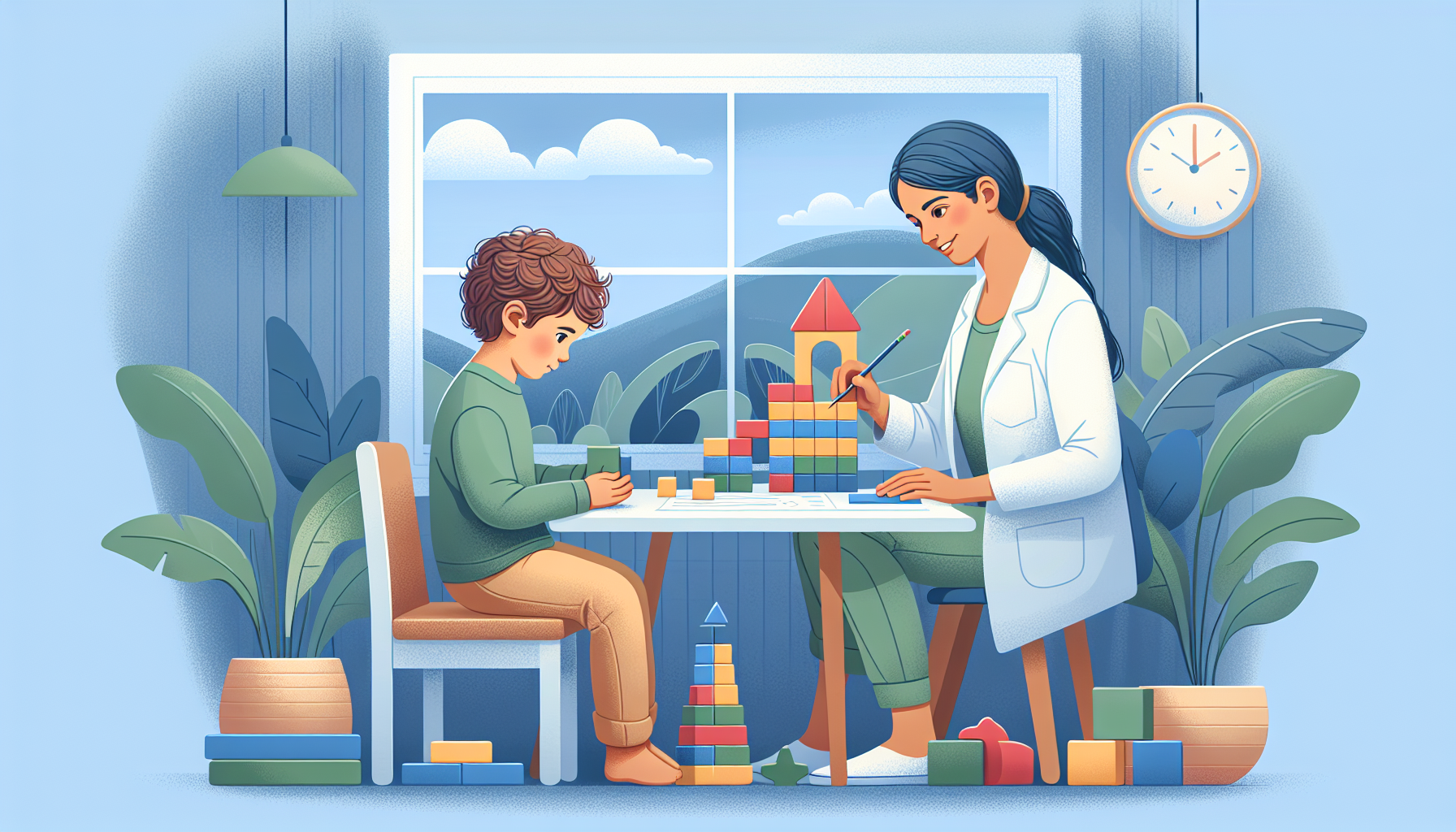


.jpeg)
.jpeg)
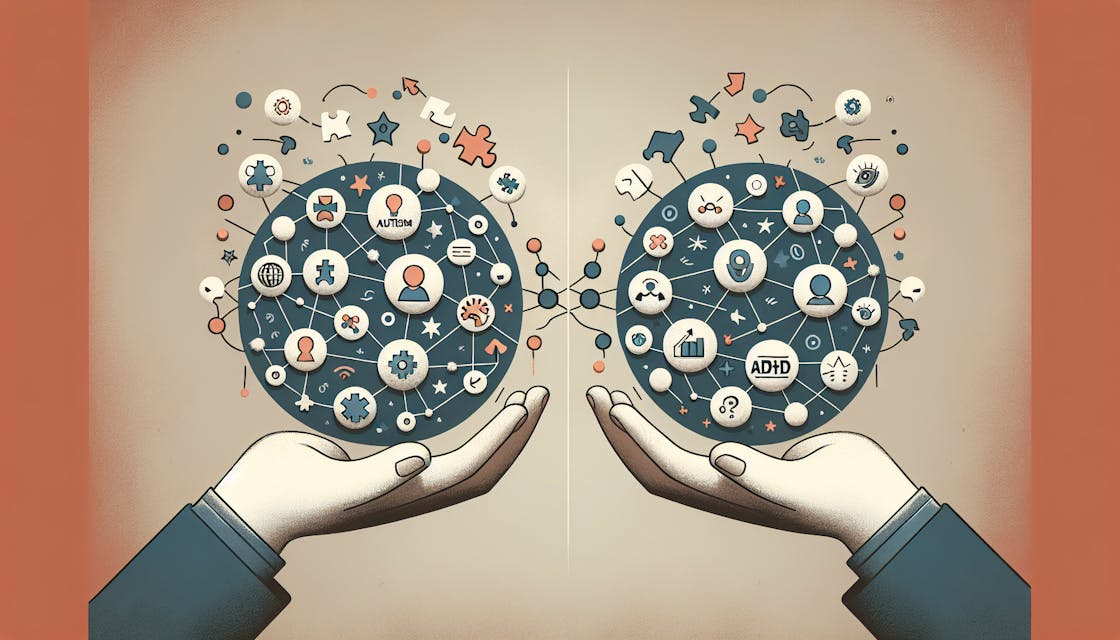
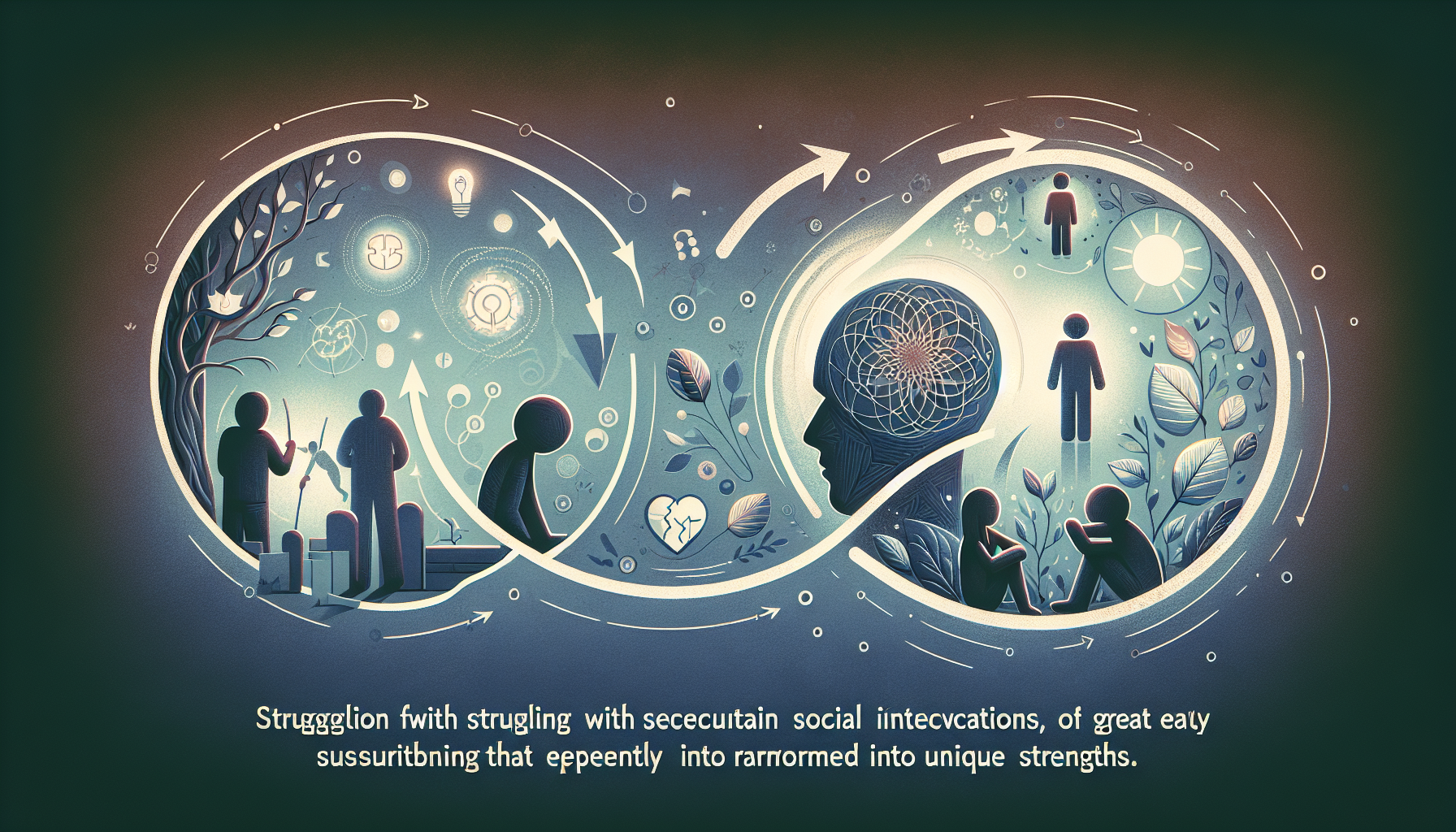

.jpeg)
.jpeg)
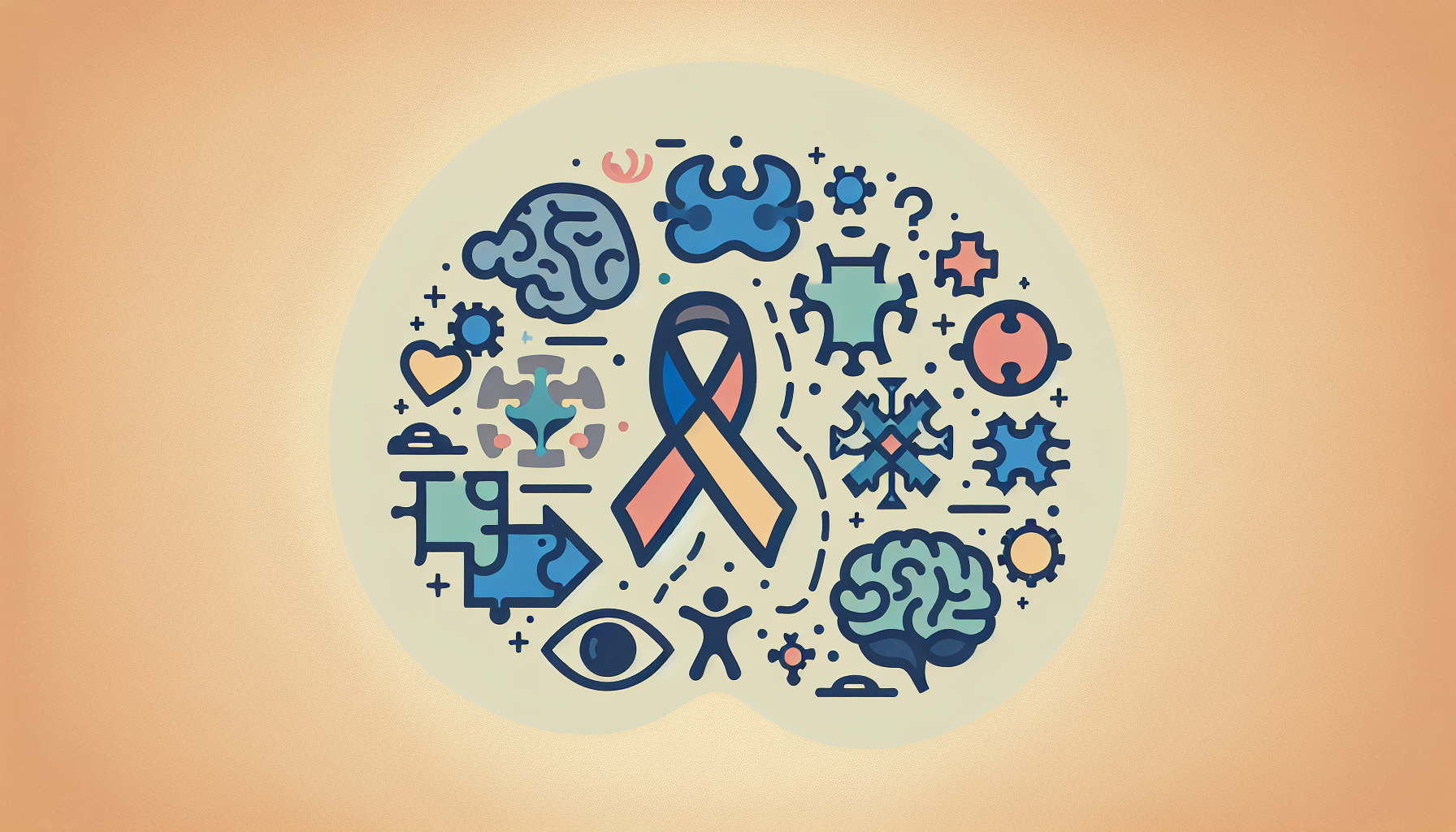



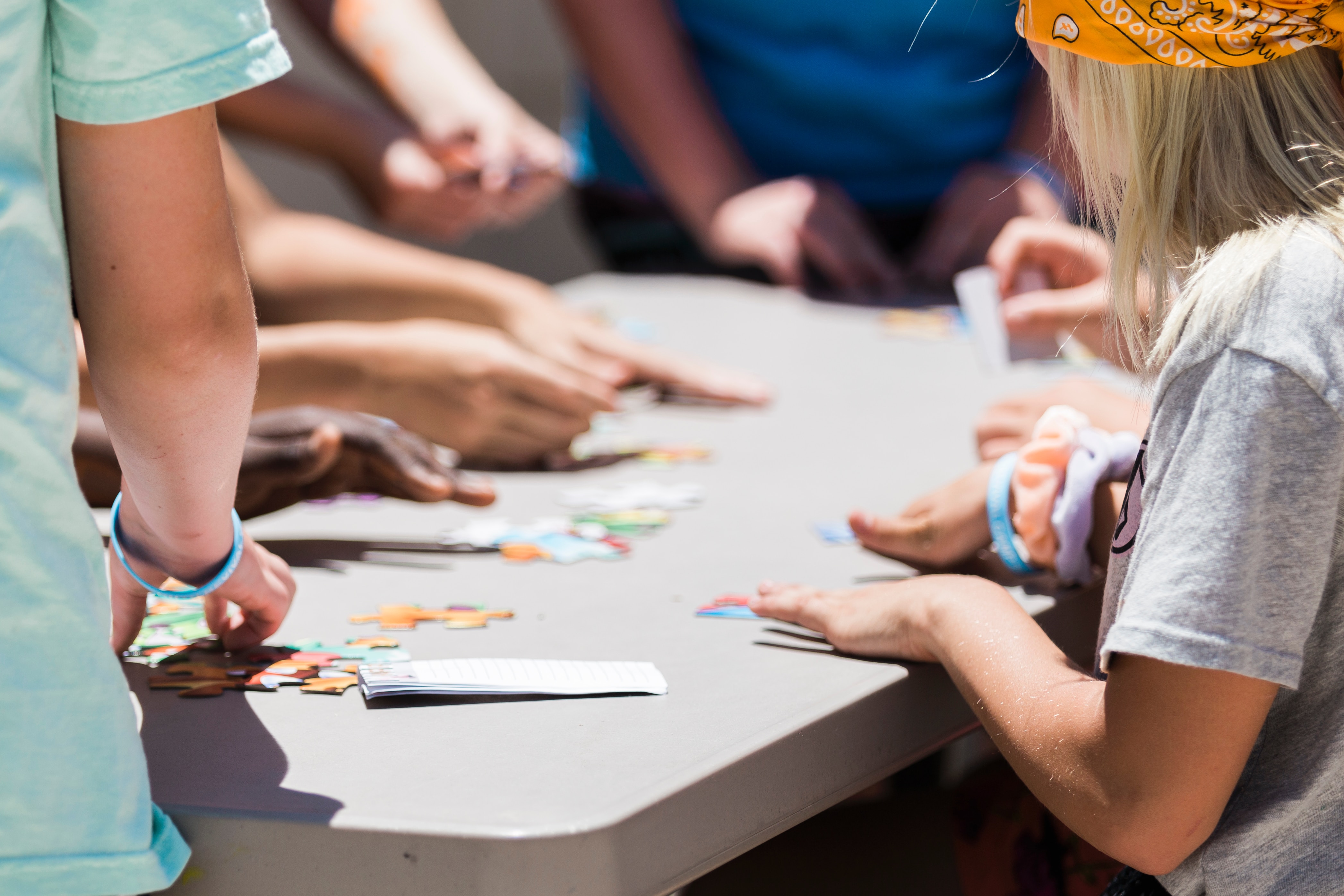

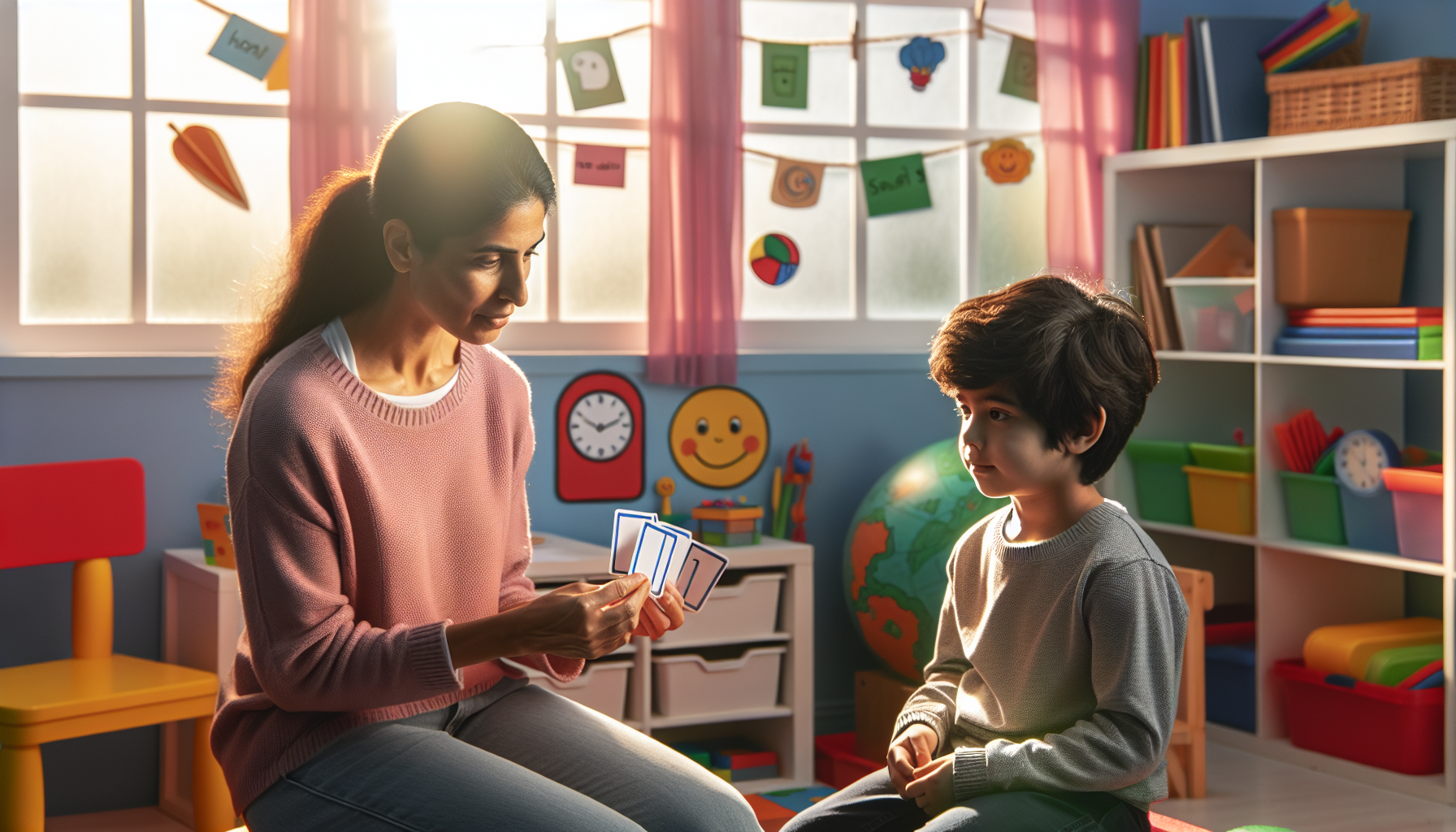


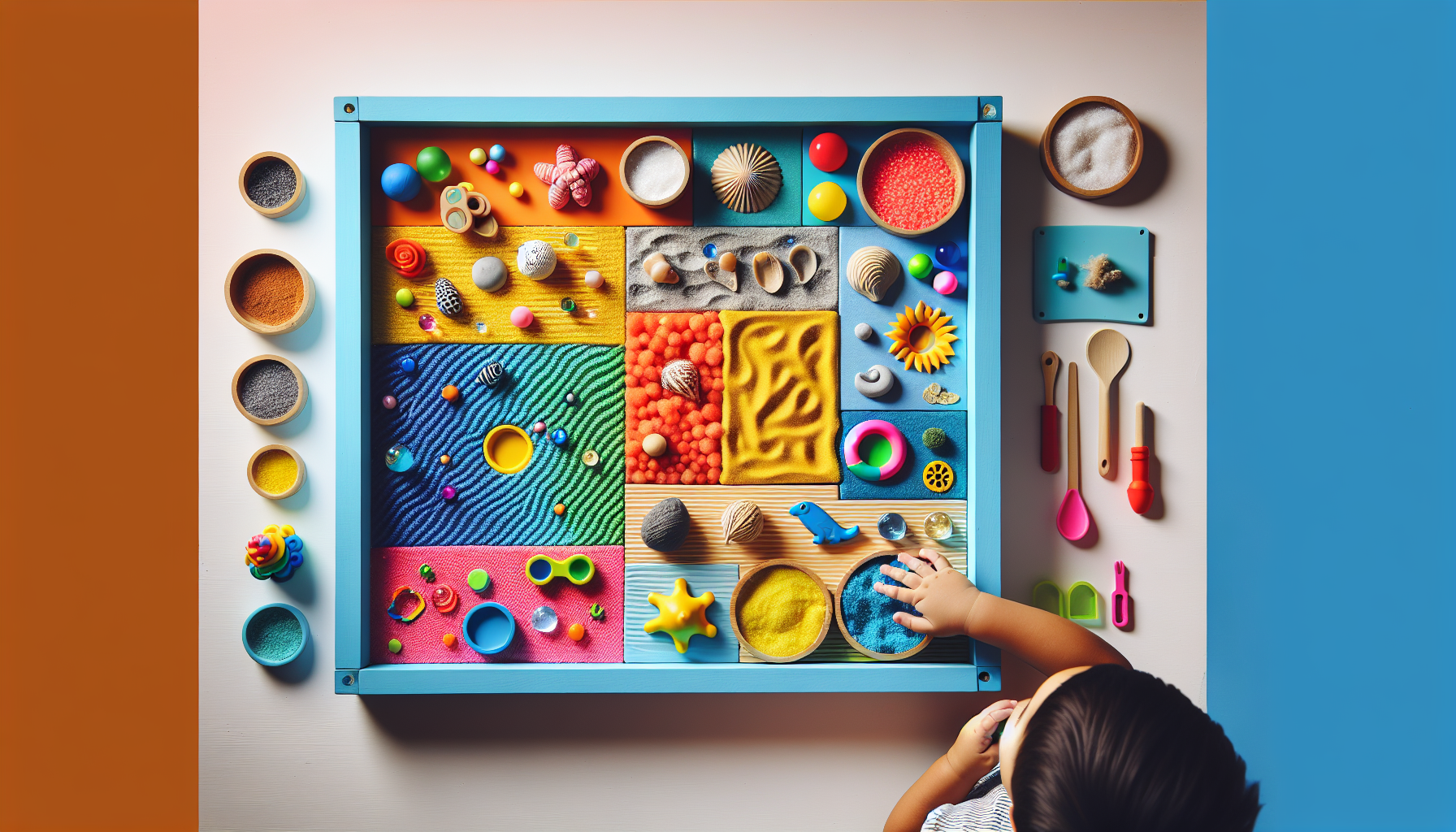

.jpeg)
